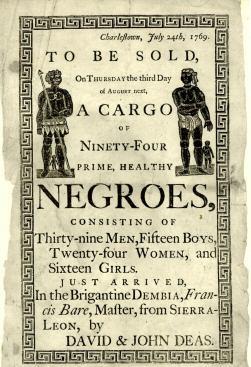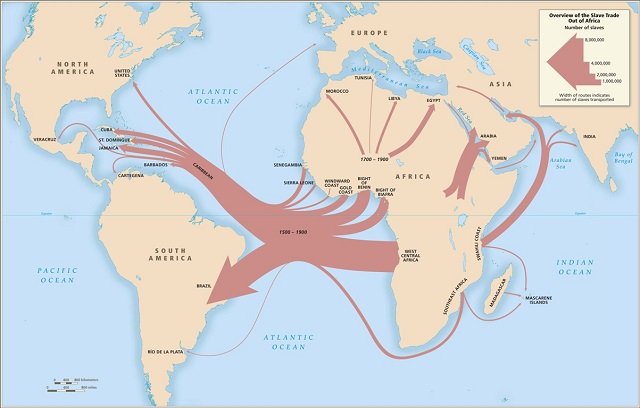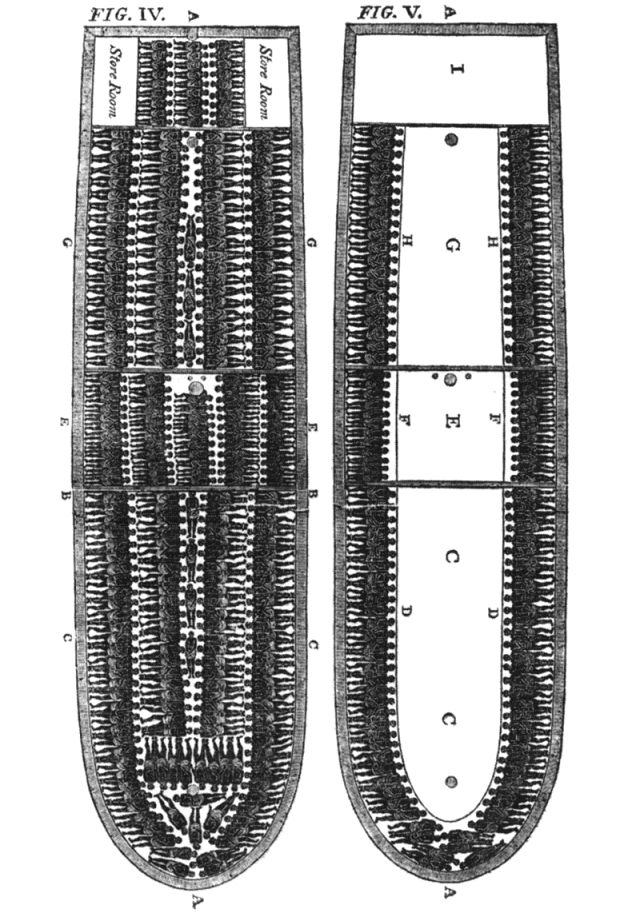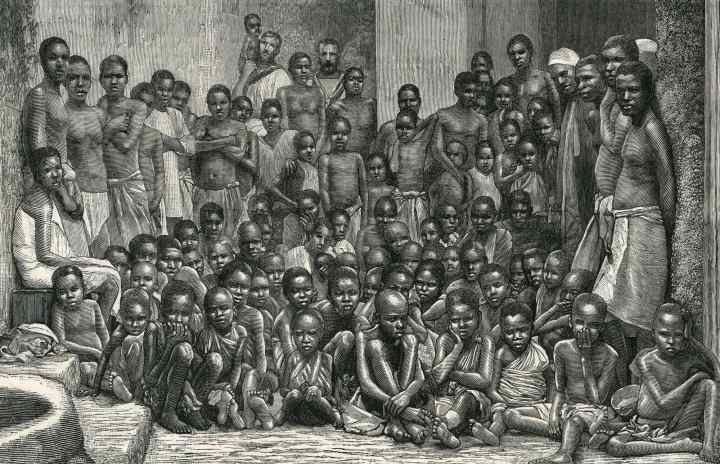For over 400 years, more than 15 million men, women and children were the victims of the tragic transatlantic slave trade, one of the darkest chapters in human history.
Every year on March 25, the International Day of Remembrance for the Victims of Slavery and the Transatlantic Slave Trade offers the opportunity to honor and remember those who suffered and died at the hands of the brutal slavery system.
The transatlantic slave trade resulted in a vast and still unknown loss of life for African captives both in and outside America. Approximately 1.2 – 2.4 million Africans died during transport. More died soon upon their arrival. The number of lives lost in the procurement of slaves in raids and forced marches to port remains a mystery but may equal or exceed the number who survived to be enslaved.
The Atlantic slave trade or transatlantic slave trade took place across the Atlantic Ocean from the 15th through to the 19th centuries. The vast majority of those enslaved were West Africans from the central and western parts of the continent sold by other western Africans to western European slave traders, with a small minority being captured directly by the slave traders in coastal raids, and brought to the Americas.
The numbers were so great that Africans who came by way of the slave trade became the most numerous Old World immigrants in both North and South America before the late 18th century. Far more slaves were taken to South America than to the north.
Shipped as Cargo
Shipowners considered the slaves as cargo to be transported to the Americas as quickly and cheaply as possible, there to be sold to labor in coffee, tobacco, cocoa, sugar and cotton plantations, gold and silver mines, rice fields, construction industry, cutting timber for ships, in skilled labor, and as domestic servants.
 The first Africans imported to the English colonies were classified as “indentured servants,” like workers coming from England, and also as “apprentices for life.” By the middle of the 17th century, slavery had hardened as a racial caste; they and their offspring were legally the property of their owners, and children born to slave mothers were slaves. As property, the people were considered merchandise or units of labor, and were sold at markets with other goods and services.
The first Africans imported to the English colonies were classified as “indentured servants,” like workers coming from England, and also as “apprentices for life.” By the middle of the 17th century, slavery had hardened as a racial caste; they and their offspring were legally the property of their owners, and children born to slave mothers were slaves. As property, the people were considered merchandise or units of labor, and were sold at markets with other goods and services.
The Atlantic slave traders, ordered by trade volume, were: the Portuguese, the British, the French, the Spanish, and the Dutch Empire. Several had established outposts on the African coast where they purchased slaves from local African leaders.
Death at Sea and on Land
Slaves were kept in a factory while awaiting shipment. After being captured and held in the factories, and during the voyages, slave mortality rate was about 12.5 percent. Deaths were the result of brutal treatment and poor care. Around 2.2 million Africans died during these voyages where they were packed into tight, unsanitary spaces on ships for months at a time. Measures were taken to stem the onboard mortality rate, such as enforced “dancing” (as exercise) above deck and the practice of force-feeding enslaved persons who tried to starve themselves. The conditions on board also resulted in the spread of fatal diseases. Other fatalities were suicides, slaves who escaped by jumping overboard.
Raymond L. Cohn, an economics professor whose research has focused on economic history and international migration, found that mortality rates decreased over the history of the slave trade, primarily because the length of time necessary for the voyage was declining. In the eighteenth century, many slave voyages took at least two and a half months. In the nineteenth century, two months appears to have been the maximum length.
After arrival, around 33 percent of Africans are considered to have died in the first year at the seasoning camps found throughout the Caribbean. Jamaica held one of the most notorious of these camps. Dysentery was the leading cause of death. Around 5 million Africans died in these camps.
A Message for Modern Times
 United Nations Secretary-General Ban Ki-moon, said: “The dynamic culture and traditions of Africa continue to enrich life in the countries that were once involved in the Transatlantic slave trade. Africa’s influence and legacy are plain to see in the vibrant music, bold art, rich foods and inspiring literature that infuse modern culture. Less recognized, perhaps, are the contributions that the people of the African diaspora have made to medicine, science, government and general leadership in society.
United Nations Secretary-General Ban Ki-moon, said: “The dynamic culture and traditions of Africa continue to enrich life in the countries that were once involved in the Transatlantic slave trade. Africa’s influence and legacy are plain to see in the vibrant music, bold art, rich foods and inspiring literature that infuse modern culture. Less recognized, perhaps, are the contributions that the people of the African diaspora have made to medicine, science, government and general leadership in society.
“Tested to the limits of their spirit and endurance, slaves from Africa left their descendants a wide range of invaluable assets, including fortitude, courage, strength, tolerance, patience and compassion. On this day, let us renew our resolve to fight racism and celebrate the heritage of Africa that enhances societies around the world today.”
Overview of the slave trade out of Africa, 1500-1900. David Eltis and David Richardson, Atlas of the Transatlantic Slave Trade(New Haven, 2010).

Diagram of a slave ship from the Atlantic slave trade. From an Abstract of Evidence delivered before a select committee of the House of Commons in 1790 and 1791.

Diagram of a large slave ship. Thomas Clarkson: The cries of Africa to the inhabitants of Europe, 1822?

A Liverpool Slave Ship by William Jackson. Merseyside Maritime Museum

Capture of slave ship El Almirante by the British Royal Navy in the 1800s. HMS Black Joke freed 466 slaves.

This article originally appeared on http://www.maritime-executive.com

